Want to swap work suits for wetsuits? Become a scuba diving instructor through the PADI Instructor Development Course (IDC) and Instructor Examination (IE). The IDC prepares you to be a role model for future divers and gives you the skill set to teach a whole generation the beauty and value of the ocean.
Keep reading for my personal experience completing the IDC and IE on Australia’s Great Barrier Reef.
My decision to become a scuba diving instructor stemmed from my desire for a career where I could meet new people daily and spend the majority of my time underwater. Plus, who wouldn’t want a job where your daily commute includes a boat ride with dolphins? I was already a Divemaster, so all I had to do was pass the IDC and IE. Easy, right?
Preparing for the IDC involved diving deep into theory. My Course Director sent me information to work through before the course begins. For anyone who is just starting their IDC, I cannot stress this enough, do the work ahead of the course. My Course Directors were amazing and having this foundation-level knowledge entering the IDC made everything click a little easier in my head. Not to mention, PADI’s eLearning™ makes digesting the information more manageable. You’ll be dreaming of physics equations for days.
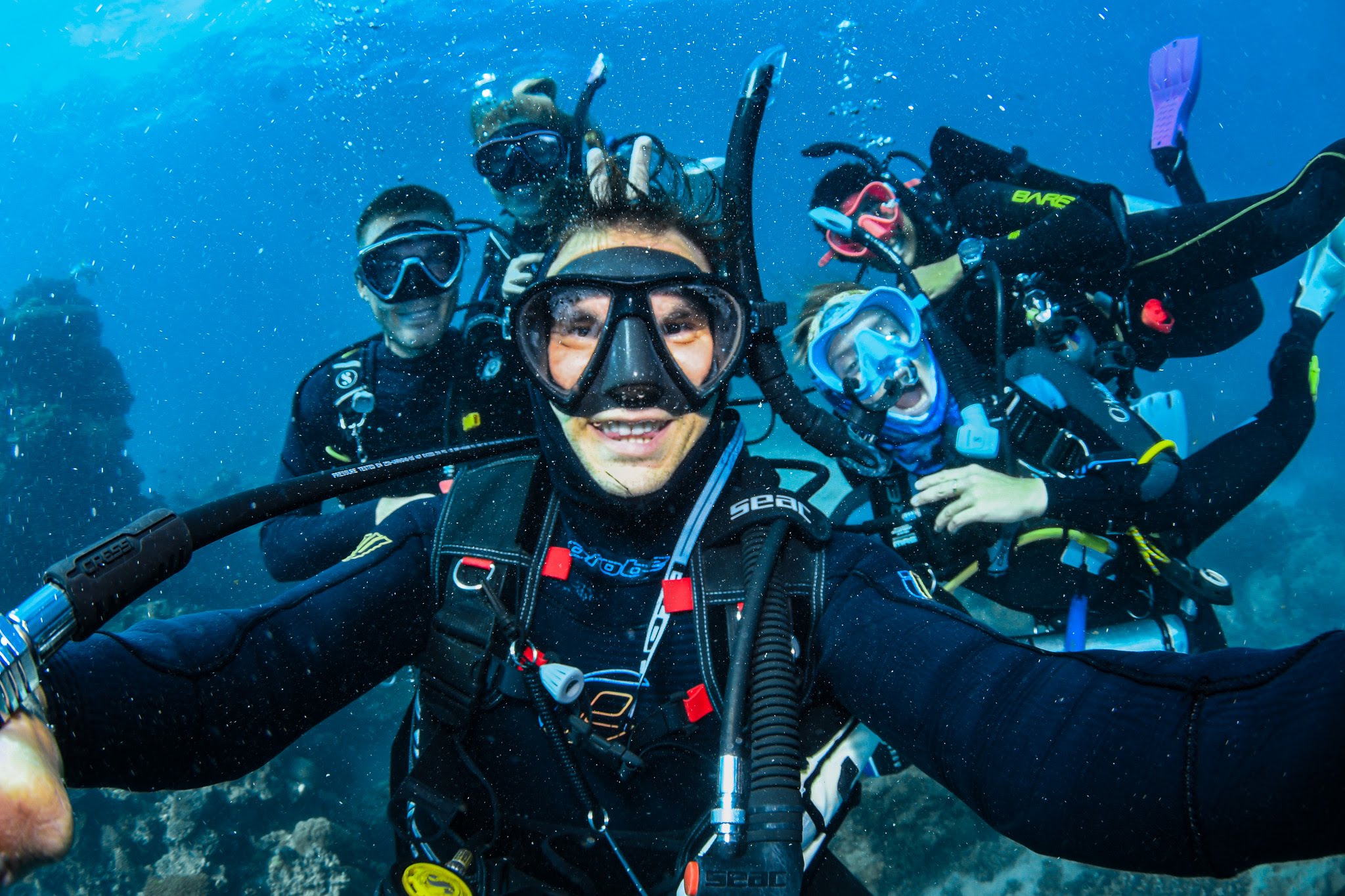 Image courtesy of Augustin Torres
Image courtesy of Augustin Torres
The Instructor Development Course (IDC) was like attending scuba school on steroids. From classroom sessions and lesson presentations to pool drills and open water dives, my IDC was three weeks of non-stop activity. One minute, I was reciting dive tables; the next, I was trying to remember which way was up while practicing rescue scenarios.
My IDC was broken into 4 sections, more or less.
First, we had pool sessions where we ran through skills circuits and practiced teaching lessons. You get to be a ‘bad’ student for your fellow instructor candidates while they try to fix your problems. It’s always fun! Second, we had theory classes which turn you into a walking, talking dive encyclopedia. Third, we learned how to give classroom presentations for the various theory elements of PADI diving courses. This was one of the most nerve-wracking parts of the IDC for me, because you have to stand up in front of everyone, speak clearly, and not lett blank stares and unanswered questions knock your confidence. Finally, there’s the ocean element. This section was my favorite! Getting to teach classes to each other in the Great Barrier Reef with sharks, turtles and fish of every color coming to watch.There’s also an unofficial sales and marketing element to the IDC. This helps you earn commission from selling equipment or other PADI courses in your future job, wherever that may be. You’ll be the diving Wolf of Wall Street before you know it.
By the end of the three weeks, I had the confidence to stand up in front of a class and explain why divers should never hold their breath, to rig a CESA buoy and line and to sell literally anything in the dive shop. (My key is always to focus on the potential for color coordination. Dress to impress even underwater.)
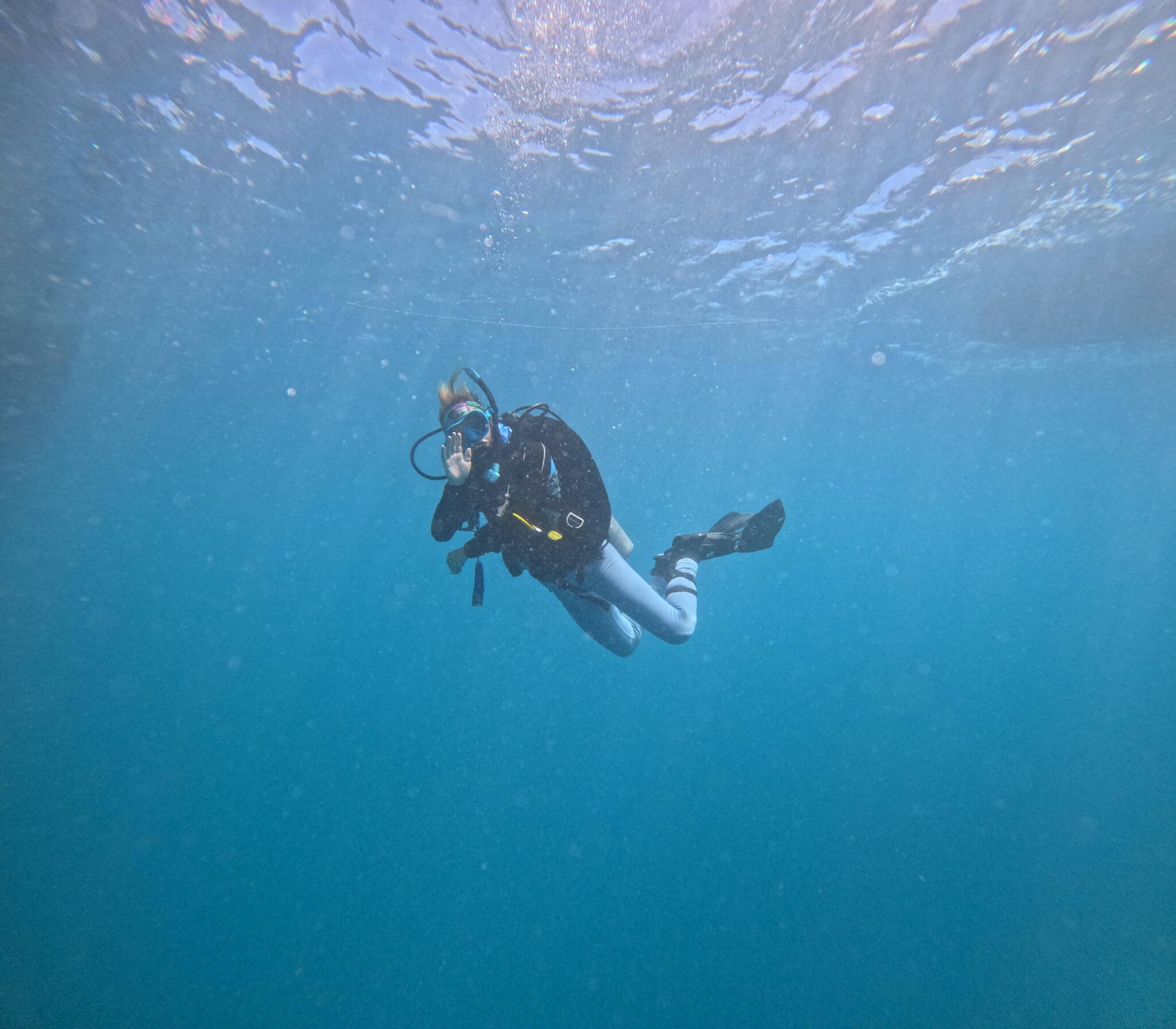
The Instructor Development Course isn’t easy. It’s tough work and requires patience with yourself as you improve your scuba diving skill set.
Get ready for some late night studying and a couple of early morning pool sessions. You’ll learn so many new and interesting techniques, your brain will be fully saturated with diving theory. Boyle, Henry, or Archimedes and their principles become part of your natural vocabulary. This makes you a big hit at social gatherings (as long as there are other divers present).
One of the biggest skill sets I picked was Patience with a capital P. It was not one of my virtues to start with. While I can confidently say that shouting your frustrations underwater is much quieter than on land, during the IDC I finally found my zen when it comes to teaching scuba diving. That and I can tie a bowline in my sleep.
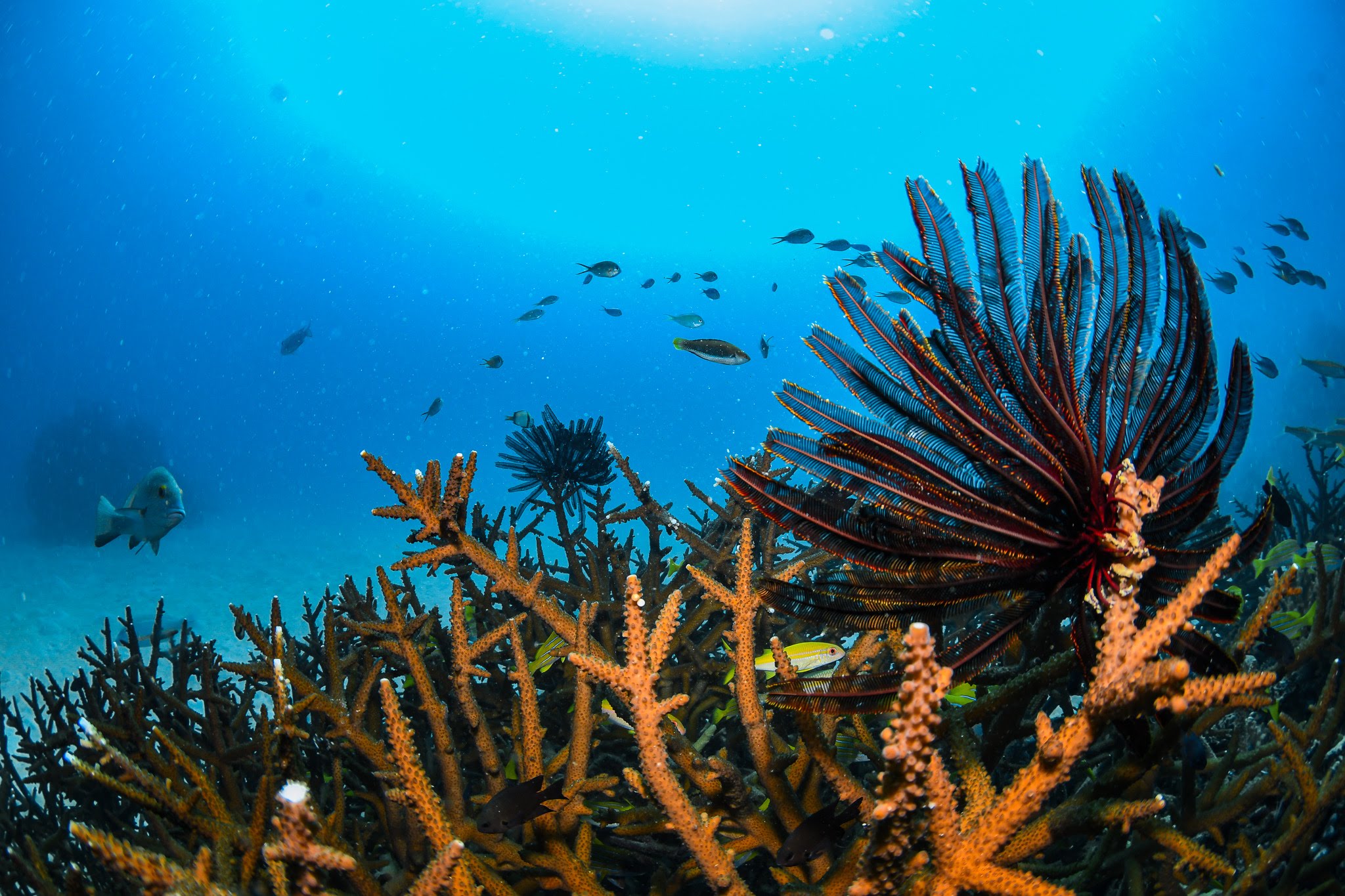
The most challenging part of the IDC for me? Remembering the names of all the equipment. Seriously, how many valves, diaphragms and hoses could there even be? I’m a visual learner, so thank goodness we had cross sections of real tanks, first stages and regulators to fiddle with, take apart and put back together. If you like Legos or building Ikea furniture, then you’ll love this section of the IDC.
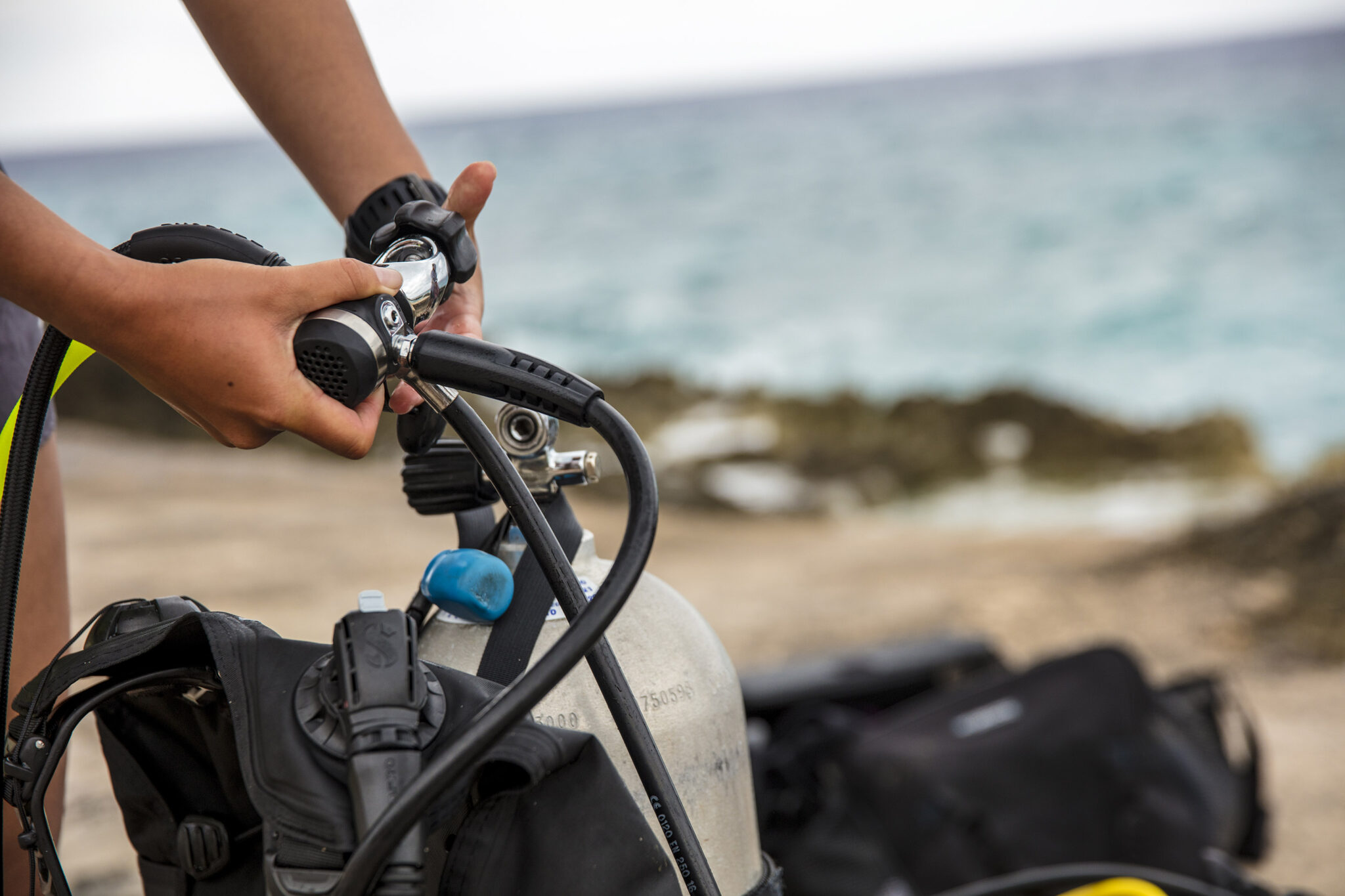
Here are my best tips and tricks for anyone currently taking on the IDC.
Do the pre-study. You’ll be thankful when you can spend time preparing your lesson for the next day instead of catching up on theory.
Another top recommendation from our Course Directors on day one: stay healthy. You put yourself through a lot both physically and mentally during the IDC, and you need to look after yourself. Don’t forget to eat, drink plenty of water and load up on those vitamins, or you’ll end up like me. Two weeks in, I got a cold and almost had to drop out because I couldn’t equalize. Thankfully, I managed to get myself back to fighting strength to continue.
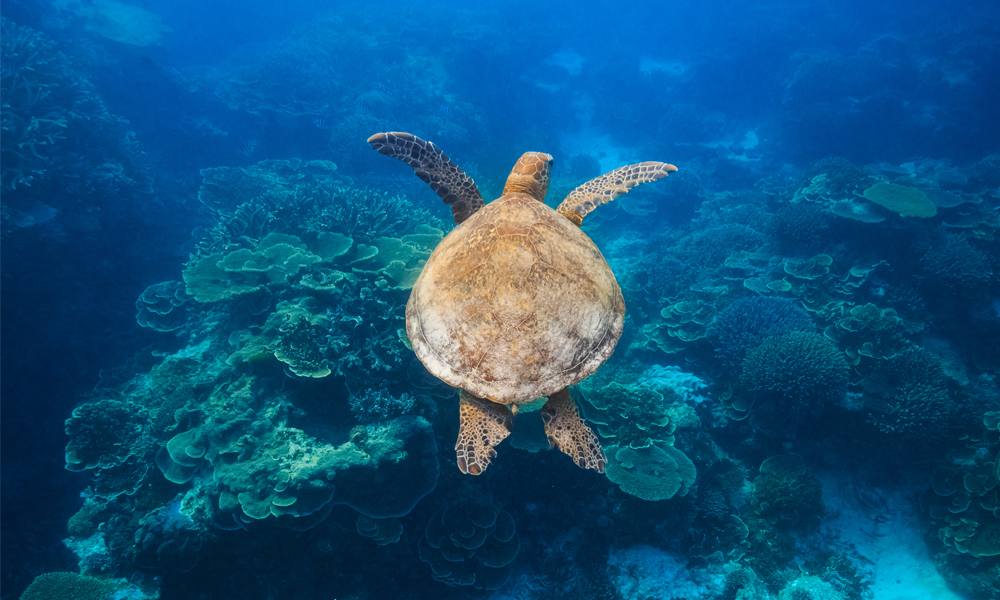
After three grueling weeks, the IDC finishes with the Instructor Examination (IE). Passing the exam means divers can become fully fledged PADI Instructors.
During the IE, the atmosphere was tense yet oddly exhilarating. Over the previous weeks, we had practiced every scenario, every skill, every lesson until it became muscle memory. Having our exam sheets passed to us with our required skills and lessons to perform was the scariest part of the IE!
Over the next two days, we all sailed through our exams with a few nerves but mostly happy faces. The smiles were from ear to ear on the second day when our examiner shook our hands and handed us our official instructor certificates. We all passed!
From practicing rescue techniques to encountering curious marine life, the IDC and IE were filled with moments that will stay with me forever. Whether it was doing our ‘rescue dance’ standing in the shallows of the pool together, getting the giggles underwater so bad my mask flooded, or teaching a lift bag lesson to a couple of turtles. That was a particularly cool day. Doing my IDC on the Great Barrier Reef, there was a curious creature popping over the coral to watch us nearly every time we descended. The two turtles were by far some of my best students, they watched with a perfect hover as I demoed the knots and clips to rig the lift bag. It’s a shame turtles don’t have thumbs.
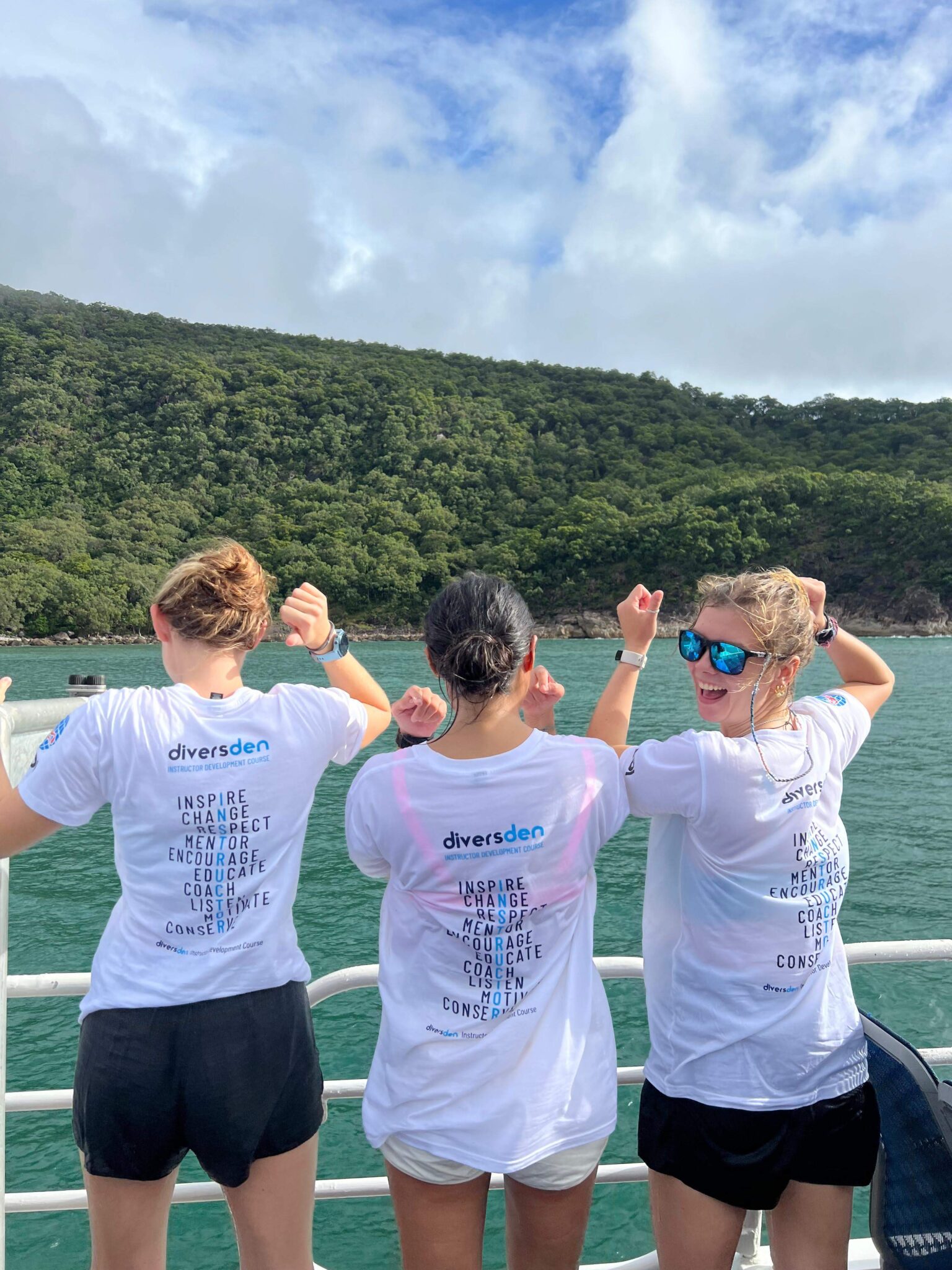
At the point of writing this, I am now a working PADI Instructor on the Great Barrier Reef. After months of diving internships to get my Divemaster and Instructor certifications, I finally made it! I plan to explore every nook and cranny of the underwater universe as an instructor.
For those hesitant about starting their Instructor Development Course (IDC), I urge you to take the plunge and embark on the journey of a lifetime. Becoming a PADI Instructor isn’t just about teaching diving; it’s about sharing your passion for the ocean and inspiring others to dive deeper into their own underwater adventures.
Ready to dive into the world of professional scuba instruction? Sign up for an Instructor Development Course today and join the ranks of certified PADI Professionals.
Learn More About the Instructor Development Course
Share This
